In the post-pandemic landscape, virtual networking events have emerged as the new norm, offering a distinct yet effective alternative to traditional in-person gatherings. Businesses widely employ virtual networking activities, presenting a unique opportunity to establish strong connections without physical interactions. The core objective of any virtual networking event is to unite individuals, emphasizing active participation, interaction, and connection-building to enhance business relationships.
Let’s dive into virtual networking events, explore what they entail, discover how to organize them effectively, and continue reading for valuable tips on creating virtual networking events that significantly benefit your business. Embrace the evolving dynamics of virtual networking to foster meaningful connections and drive success in your professional endeavors.
Table of Contents
- 1.1 Specify your goals
- 1.2 Define your budget
- 1.3 Pick a suitable virtual platform
- 1.4 Prepare the event’s structure
- 1.5 Make a compelling agenda
- 1.6 Invite relevant speakers and participants
- 1.7 Stimulate networking opportunities
- 1.8 Conduct a Virtual Lunch Party
- 1.9 Arrange Online Activities
- 1.10 Use quantitative data
- 1.11 Provide downloadable resources
- 1.12 Encourage active participation
- 1.13 Follow up and nurture connections
- 1.14 Encourage Participants for Testimonials and Reviews
- 1.15 Collect feedback and evaluate the successful collaborations of virtual Networking events.
15 Sure-Shot Steps to Create Engaging Virtual Networking Events:
Organizing engaging virtual networking events requires careful planning and execution. You can create virtual networking events that are valuable and memorable for participants by following these steps.
1. Specify your goals:
Specifying goals in virtual networking events can create an impactful and engaging experience that boosts business growth and facilitates valuable connections among participants.
As you plan your virtual networking events, prioritize nurturing meaningful relationships among participants. Craft an engaging experience with ample opportunities for conscious interaction. Deliver high-quality, relevant content from keynotes and workshops to enrich participants’ professional lives.
For example,
This LinkedIn event post for the Virtual Agile Testing Days Conference provides all the necessary information. In addition to the event’s objectives, it provides the event booking link, IST time, ticket cost, session details, and speakers’ bios.
2. Define your budget:
Start by allocating funds for event marketing, which includes expenses for social media advertising, email marketing campaigns, content creation, and potential collaborations with influencers or industry partners to maximize visibility. If you plan to include panelists, keynote speakers, or industry experts, account for any costs or honoraria related to their valuable involvement. Allocate funds for content creation, covering expenses for video production, graphics, and slide design to enhance the overall presentation quality.
Ensure that your budget accounts for the necessary technical equipment and services. You must include a reliable high-speed internet connection, audio and video equipment, proper lighting, and the potential hiring of technical support or AV professionals to guarantee a seamless virtual experience. Lastly, allocate funds for post-event activities, including sending follow-up emails, analyzing event analytics, conducting participant surveys, and assessing the event’s overall success.
“A goal without a budget plan is just a wish.”
— Anonymous.
3. Pick a suitable virtual platform:
Selecting an appropriate virtual platform is essential to the success of your online networking gathering.

Here are a few popular virtual networking ideas. You can choose any of them according to your requirements.
- Zoom: This app features breakout rooms, screen sharing, chat functions, and virtual backgrounds.
In this example, delegates have enabled their chat feature simultaneously with their ongoing virtual meeting.
- Google Meet: The app can schedule a live video meeting. Here, you can invite up to 100 members and have a virtual session for up to 60 minutes at no cost. It also features international dial-in numbers, meeting recordings, live streaming, and administrative controls.
- Microsoft Team: The core capabilities in Microsoft Teams include business messaging, calling, video meetings, and file sharing.
Remo: It provides a virtual space where live event attendees can move around, engage in meaningful conversations at different tables, and interact with each other through video and audio.
Here, attendees have traveled virtually to other spaces or tables for the discussion. Image Courtesy: Remo
Hopin: Hopin is an all-in-one virtual event platform that provides a range of networking features, including virtual booths, chat functions, video calls, and interactive sessions. It also offers customizable branding options and integration with other tools and platforms.
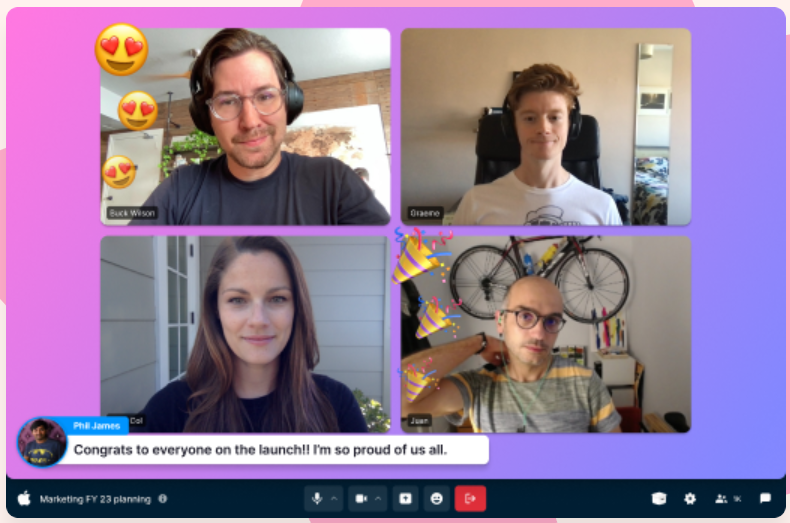
- Airmeet: It offers customizable event spaces, breakout rooms, networking lounges, and attendee engagement tools like Q&A sessions and polls.
Gather: This app allows participants to navigate the space, interact with others using video and audio, and join group conversations.
4. Prepare the Event’s Structure:
Creating a well-organized and engaging virtual event structure is crucial for participants to connect, interact, and build meaningful relationships.
Ensure the structure for your virtual networking event is seamless. Begin with a warm welcome and introduction, setting the tone and explaining the event’s format, goals, and objectives. Introduce hosts or moderators to guide the proceedings.
Plan an icebreaker activity to encourage participant interaction, starting with fun sessions where attendees share interesting facts about themselves. Schedule a keynote speech or panel discussion featuring industry experts, allowing time for Q&A and interactive polls. Maximize connections in networking sessions with time limits, rotating participants, and assigning focused discussion topics. Facilitate one-on-one meetings in speed networking sessions.
If applicable, include virtual exhibitor booths for exploring products and services, with opportunities for live interactions. Offer insightful, interactive sessions or workshops related to the event’s theme, incorporating elements like polls or quizzes. Conclude with a vote of thanks, summarizing key takeaways and providing information on staying connected or accessing post-event resources.
Kornferry posts some glimpses of ice break activity in this above-shared Instagram link. The activity is named as smiles, smoothies, and socialization. Kornferry is an organizational consultancy that unlocks the potential of organizations through people.
5. Make a compelling agenda:
Creating a detailed schedule for virtual stage networking events involves careful planning and considering the attendees’ needs and objectives. First of all, clarify the primary aim of your virtual networking event. Pick brainstorming key topics or themes that align with your event’s purpose and audience’s interests. Seek industry experts, thought leaders, or experienced professionals who can deliver valuable insights and engage your audience.
Once you have finalized the agenda, clearly communicate it to participants in advance. Provide a detailed schedule with session timings, topics, and pre-event preparation instructions. It allows attendees to plan their participation and make the most of the event.
Click here to get detailed information about the Africa Financial Industry Summit 2023. It provides a complete agenda, quantified data on expected industry experts, session details, and the registration link.
6. Invite Relevant Speakers and Participants:
While inviting speakers and participants for virtual networking events, it’s essential to identify individuals who can contribute value, expertise, and relevance to the event.
Conduct thorough research to identify potential speakers with expertise in the relevant industry or subject. Look for individuals recognized as thought leaders, experienced professionals, or with a track record of success. Look for speakers who are knowledgeable and have strong presentation and communication skills.
Craft personalized invitation messages for each speaker, highlighting why their expertise is valuable to your event and how their participation can benefit the audience and themselves. Clearly outline the event details, including date, time, format, and expected duration.
Create clear, professional, and enthusiastic invitations. Alter your messaging to highlight the benefits and relevance to each potential speaker or participant.
This LinkedIn post shows the Top Event Marketers list of 2023. Click here to find out more industry experts.
7. Stimulating Networking Opportunities:
Creating an engaging and interactive environment that encourages participants to connect and build meaningful relationships is essential to facilitate networking opportunities in virtual events. You can stimulate network opportunities by encouraging participants to exchange contact information, share experiences, and discuss relevant topics.
Provides a post-event communication platform, such as a dedicated online community or social media groups, where participants can continue networking, share insights, and collaborate even after the event. Implementing these blueprints can create a dynamic and interactive networking environment that fosters connections and enhances the overall experience of your virtual conferences.
For example,
The Gazebo B2B speaker is one of the best options for searching for speakers you met at your last conference. You can also explore other esteemed speakers from diverse fields and genres to network with. In that case, Eventible’s Gazebo Speaker Directory will help you find passionate and experienced people to network with.
8. Conduct a Virtual Lunch Party:
As you plan your virtual lunch party for networking events, select a suitable time slot that accommodates participants across various time zones. Opt for a virtual meeting platform that facilitates easy interaction and engagement, fostering a dynamic atmosphere during the event. Enhance the experience by incorporating virtual backgrounds or visual elements related to the lunch theme, creating an immersive environment.

Encourage participants to make the virtual lunch party more interactive by trying new recipes or sharing their favorite dishes. It adds a fun and personal touch and creates a shared experience, providing enjoyable talking points for networking. Following the virtual lunch party, motivate participants to sustain their connections by continuing to network and initiating follow-ups. It ensures the virtual lunch catalyzes ongoing engagement and relationship-building beyond the event.
Here, a YouTuber is giving tips on how to present yourself for a virtual lunch party.
9. Arrange Online Activities:
Consider incorporating engaging elements into virtual networking events to enhance participant interaction.
Organize online sessions such as panel discussions or Q&A sessions featuring industry experts, allowing participants to submit questions and foster knowledge sharing.
Live chats provide a platform for real-time communication, enabling participants to engage in meaningful discussions with panelists. To enhance participant engagement, conduct interactive training sessions led by experts, offering practical knowledge, skill development, or engaging exercises.
Facilitate breakout sessions where participants can partake in small group conversations on specific topics, assigning moderators to guide discussions and encourage participation. Incorporate live polls to gather real-time participant feedback, opinions, or preferences, contributing to an interactive and dynamic virtual networking experience.
In this video, you can find that the organizer had conducted Pictionary activities for participants.
10. Use quantitative data:
Collect quantitative data to measure the virtual event’s success. Track metrics such as the number of participants, session attendance rates, engagement rates in polls or chat features, and social media reach or impressions.

Analyze these metrics to assess the event’s reach, engagement levels, and overall participation.
Semrush shows website content’s reach from 12 October to 10 November. Such metrics tools recommend user do’s and do n’ts to increase engagement rates.
11. Provide downloadable resources:
Provide options for downloading resources on a secure platform or webpage where participants can access them easily.

If you’ve previously hosted webinars or recorded sessions related to the networking event’s theme, make those recordings available for download. Participants who missed the live sessions can catch up later. Also, give access to downloadable templates for standard business documents like resumes, cover letters, project proposals, or marketing plans.
These templates can save participants time and serve as a helpful starting point.
Slideshare is one such option for asking attendees to download related event content. You can upload important content for your audience in the form of PowerPoint, Word, PDF, or OpenDocument format.
12. Encourage active participation:
Participation during virtual networking events is crucial to create an engaging and interactive experience. Active participation allows attendees to connect, engage, and construct relationships with other professionals in their field.

Participants can expand their network, exchange ideas, and identify new business opportunities or collaborations by actively participating in conversations, asking questions, and sharing insights. It contributes to their professional growth, expands their network, and opens up new opportunities within their industry.
13. Follow up and nurture connections:
After the virtual networking event, maximize the impact of your connections with thoughtful actions. Begin by sending personalized follow-up emails, referencing specific discussions or topics you shared, expressing gratitude for your time, and reaffirming your interest in maintaining a connection. Expand your network by connecting with them on LinkedIn and engaging on other social media platforms.
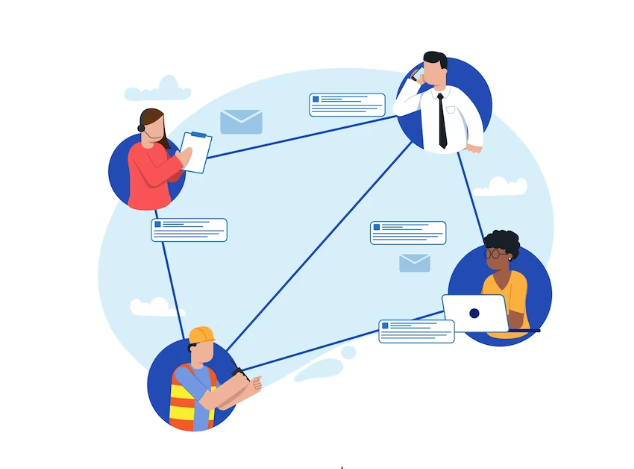
Look for collaborative opportunities on projects, initiatives, or shared interests that align with your goals and theirs. Stay informed about future events, webinars, or workshops organized by the same group or organization, and attend these follow-up gatherings to reconnect with the individuals you met initially. This strategic approach ensures your networking efforts go beyond the event, fostering lasting connections and potential collaborations.
In this Facebook post, for example, RLC [Robinson Land Corporation] Residence expressed gratitude by sharing glimpses of the successful event in Sydney.
14. Encourage Participants for Testimonials and Reviews:
Encourage participants to provide testimonials or reviews about their experience with the virtual networking event. Request them to share their thoughts on social media platforms or through testimonials on your event webpage. Positive testimonials can serve as testimonials for future events and help promote the event to a broader audience engagement.

Collect feedback from the organizers and volunteers planning and executing the virtual networking event. They can provide valuable insights into logistical aspects, technical challenges, and the overall effectiveness of the event. Conduct post-event debrief sessions to gather their feedback and suggestions for improvement.
Here, Eventible, a B2B review platform, showcases the testimonies of participants who attended the world-class events.
15. Collect feedback and evaluate the successful collaborations of virtual Networking events:
This process is vital for understanding its significance and identifying areas for improvement. You can create an online survey using platforms like Google Forms or SurveyMonkey.

Designed the survey to capture participants’ overall satisfaction, perception of the event’s value, and feedback on networking opportunities, content relevance, and engagement activities. Allow participants to ask open-ended questions to gather qualitative feedback and suggestions for improvement.

In this example of a LinkedIn post, Eventible asks its followers to share their experience witnessing GITEX Global 2023.
Key Takeaway:
This article will help you create virtual networking events to grow your business. Virtual networking events have become increasingly popular in the industry, allowing professionals to connect, share knowledge, and expand their networks.
Investing energy and time into building relationships can turn virtual networking connections into meaningful professional connections that benefit both parties in the long run. You can also promote your virtual networking events through various mediums, which include social media, email marketing, industry forums, and partnerships with relevant organizations. Providing value, fostering interaction, and creating a positive and inclusive environment will contribute to the success of your virtual networking events and boost your business in the long run.
Meanwhile, if you’re a speaker, we hope you’ve found this helpful article. Additionally, consider signing up as a speaker on Eventible’s Gazebo Speaker Directory by completing this Google form. Doing so can help event organizers or managers discover and connect with dedicated and knowledgeable speakers for upcoming events.

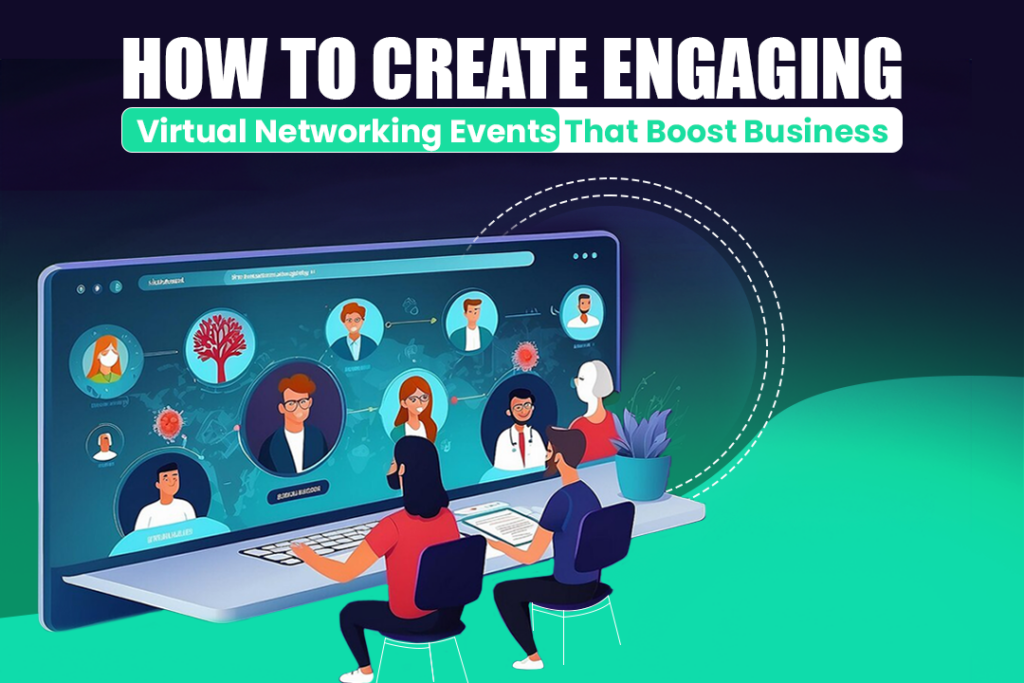



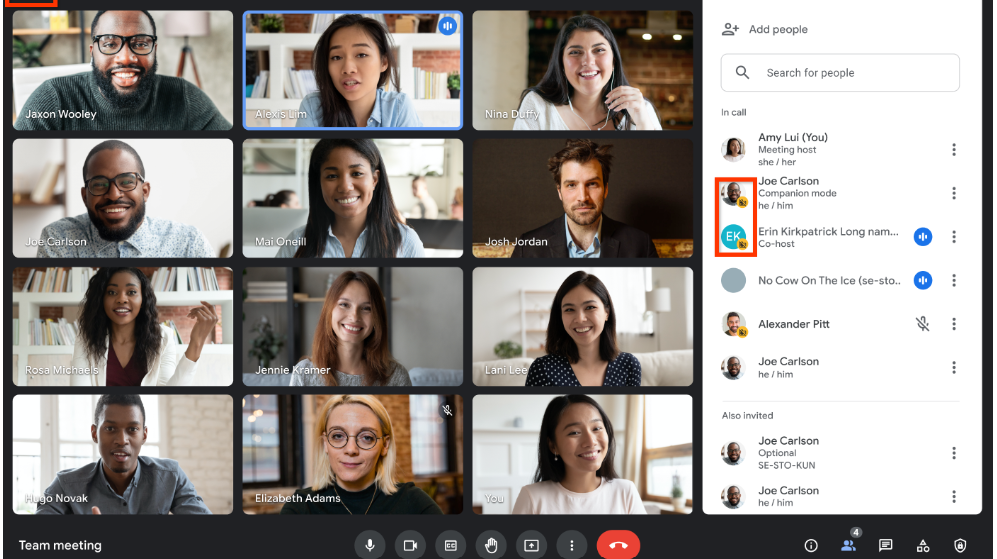

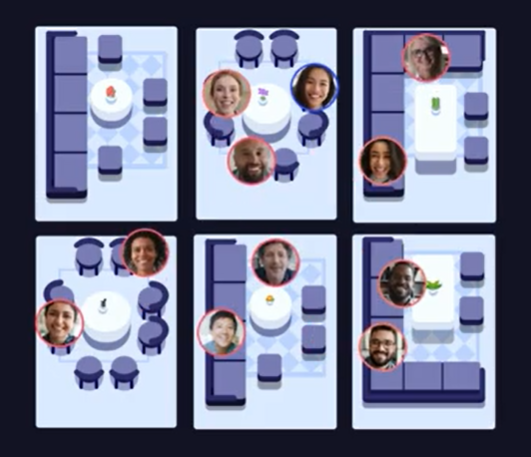
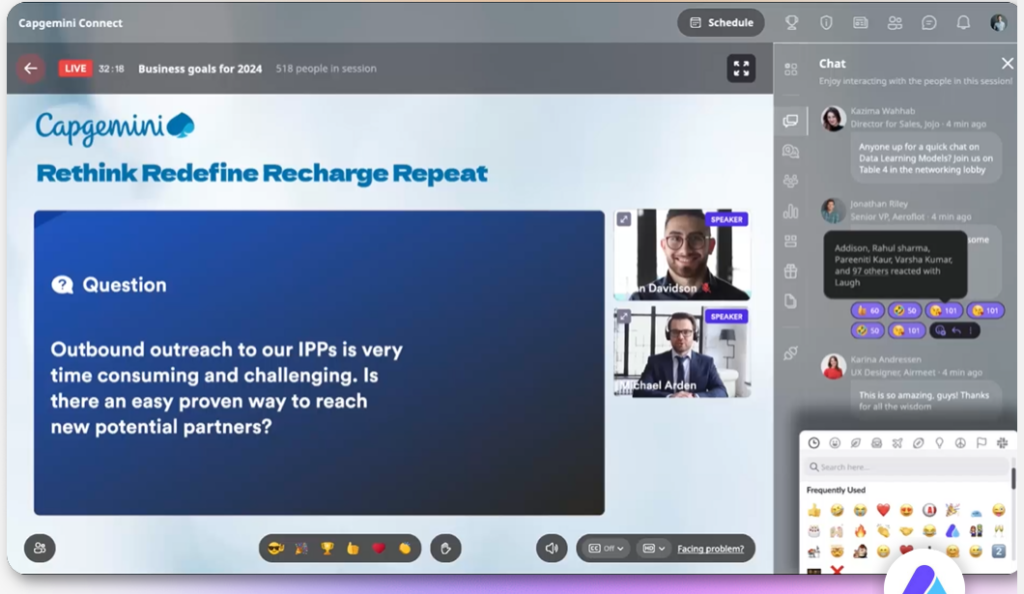





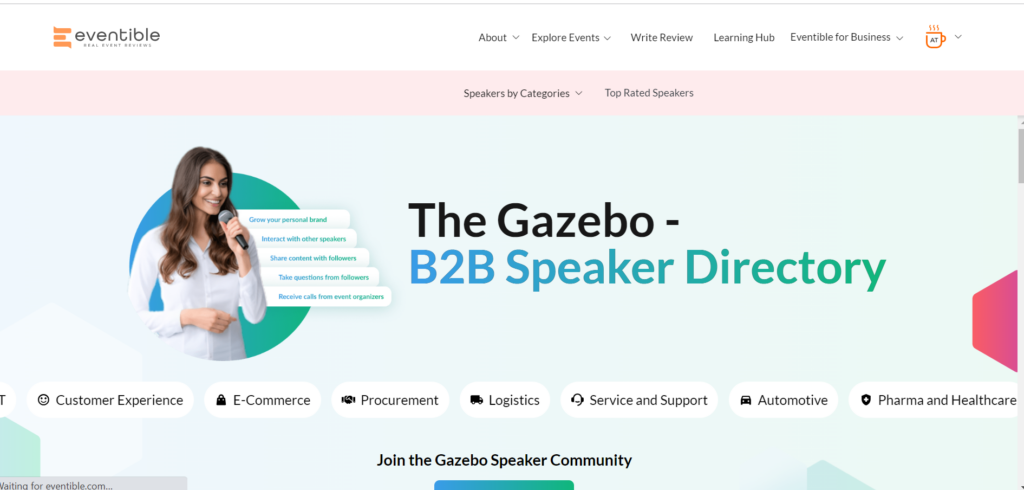


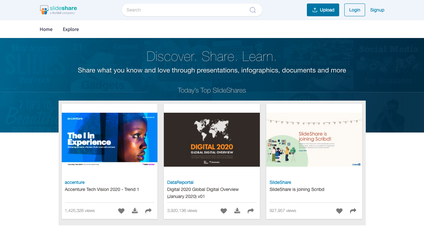

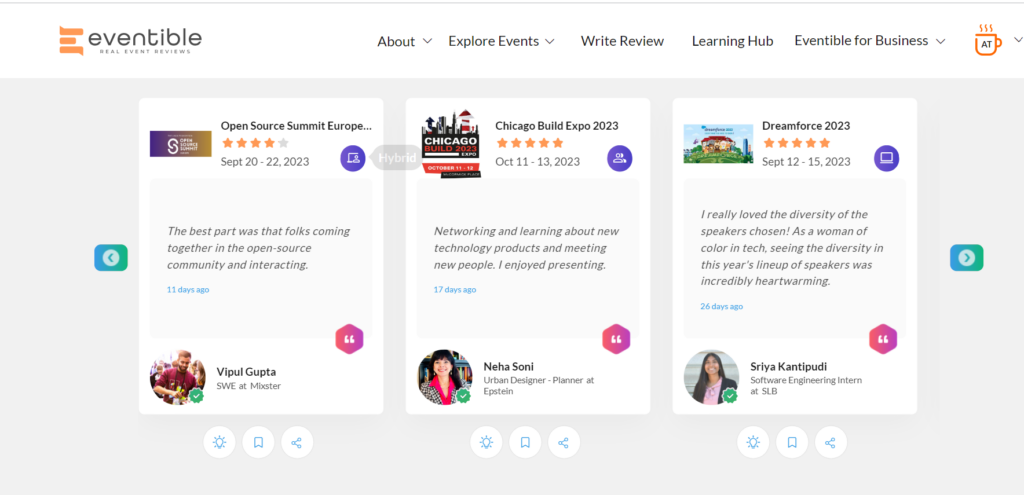



Comments are closed.